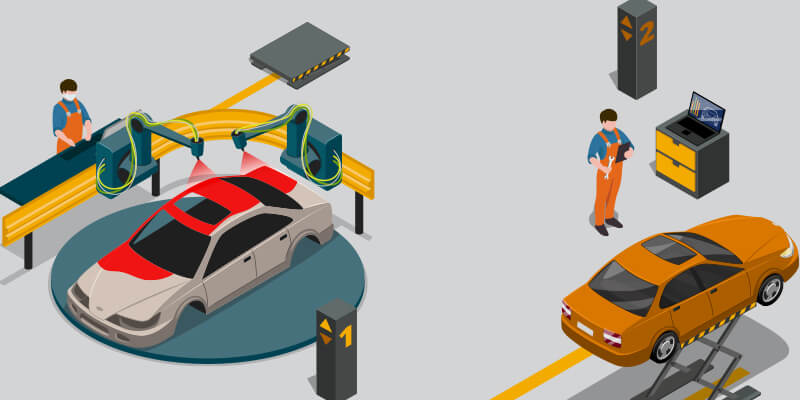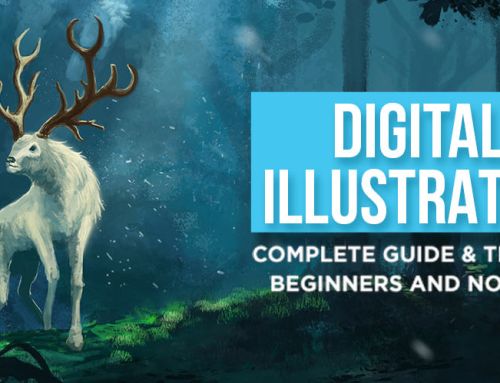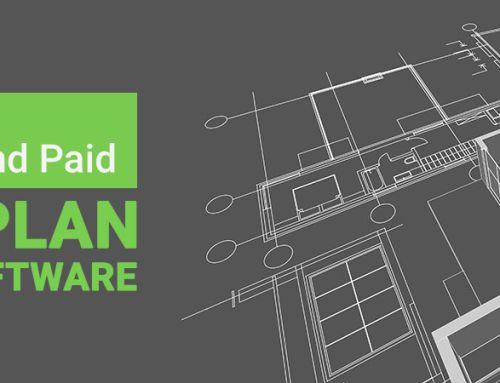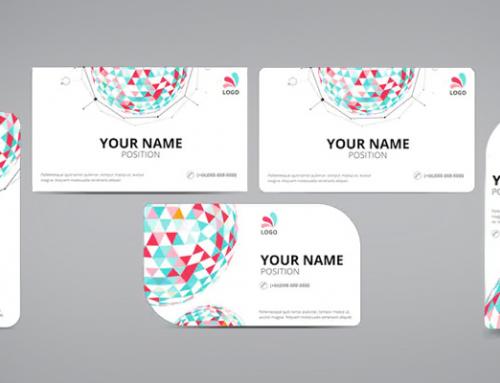Creativity is driven by passion while perfection is driven by practice. If you are a beginner in the field of animation and wondering how to make 2D animation, then this article will provide you with valuable animation tips that you can apply to strengthen your skills and create the foundation for a flourishing career ahead. It will also give detailed insights into 2D animation and its different types to help your basics get covered. So, now let’s begin with understanding the concept first.
Table of Content
- Types of 2D Animation
- 13 Best Tips for Beginners to Create 2D Animation
- Focus on the story
- Begin with simple movements
- Be a keen observer
- Use strong key frames
- Combine action with exaggeration
- Allot time to animation
- Enliven your characters
- Pay attention to facial expressions
- Turn off the sound to get a better feel
- Add Interesting Actions
- Focus on Simplicity
- Draw and Re-Draw
- Feedback is Important
- So now what?
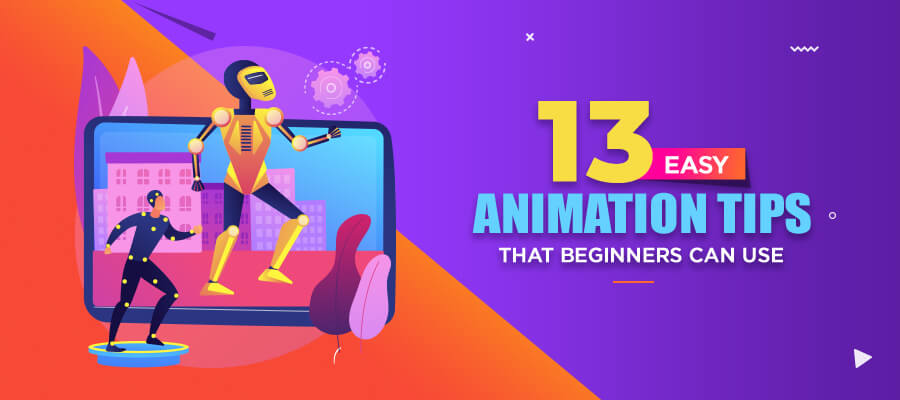
Technically, we can say that every element of the 2D animated image or video is rendered in a two dimensional or flat space. Here, the objects and figures are given a 2D shape, which means it will only be having a length and a breadth. Coming to its sides, there can be many, which will be either straight or curved. This art form is widely used for conveying a story or message with the help of 2D objects, characters, or backgrounds moving in a two-dimensional space.
Types of 2D Animation
Let’s get a brief overview of the different types of 2D animation that are popular among the companies.
2D Whiteboard Animation
These are often used for creating awareness about a product or service among the audience. Apart from that, it can also showcase how the product was created and how it can be used. The message is delivered with an author physically drawing a story on the whiteboard with the help of marker pens.
2D Explainer Videos
2D explainer videos are used by the brands to simplify the concepts of their products and services so that it is easier for their target audience to grasp. Since these topics are usually boring to read on a paper or document, the 2D animated videos make it interesting to attract the attention of the viewers.
2D Product Demos
These are used by businesses in the form of videos to demonstrate how using their product will add value to the lives of the customers. Besides, it can be also used to introduce a new product or service in the market. The main aim of using it these videos is to create user engagement and increase revenue.
13 Best Tips for Beginners to Create 2D Animation
Now that you have got a basic idea of the concept and its different types, let us learn how to make a 2D animation. These tips and tricks are compiled keeping the beginners in mind and will help them to create animations that are more interesting and lifelike. Here’s how you should begin:
-
Focus on the story
A 2D animation video is based on the storyline. So, you have to base your outcome on the storyline. So, when you start sketching, you should focus on every detail of the storyline.
-
Begin with simple movements
Creating animated characters would demand your artistic prowess as well as technological proficiency. You should focus on developing these basic animation skills so that you can create high-quality animation video outcomes later. Take paper and pencil and start drawing a simple movement such as the movement of a bouncing ball. When the ball moves, the movement creates a feeling of gravity, volume, and weight.
-
Be a keen observer
You may often have to pay attention to minute things in order to create natural movement. These details may be a raised eyebrow, a fold that’s created by a smile, or the fold of a finger. Watch other videos as references. Watch real people in real life to note down real facial expressions that indicate actions, emotions, intentions, and purpose. Observe how people in real settings interact with each other, how they walk, and how they convey their emotions. Engage in people-watching activity as this may prove to be a useful research that will pay you back.
-
Use strong key frames
Animation involves the combination of different poses. You need to combine different frames to create storytelling and movements. You need to decide of the first pose and the last pose of a certain movement sequence. The first and the last poses are represented by key frames. These starting and ending points would help you visualize the intermediate movements as well. So you frames to be strong and memorable.
-
Combine action with exaggeration
With exaggeration, you can create dramatic outcomes. Your uniquely created animated characters are not expected to abide by the laws of the nature and your audience can connect with them easily if your characters demonstrate natural realism. A character’s physical exaggeration creates a high level of drama that puts forth the ideas of emotions and energy. With a higher degree of exaggeration, you can create cartoonish movement whereas with a lower level of exaggeration, you can create realistic actions.
-
Allot time to animation
Allocate appropriate time to animation so that you can demonstrate how the roles perform. If you are a beginner, you should allocate a different time slot to all the actions of your characters. This is an essential step because it helps in the development of smooth transitions. Allot time to all scenes and every action should have its individual time slot. Some of the common actions may be standing, talking, sitting, or leaning.
-
Enliven your characters
When you give life to your characters, your audience will be able to relate to the story. Try to be flexible in your approaches. During the 2D animation process, you will use physical tools and so you will get an opportunity to try out different movements. You may demonstrate minor movements in terms of finger-tickling or facial expressions. Using small animations, you can inject life in your characters.
-
Pay attention to facial expressions
The facial expressions of your characters help you tell a story. When you create characters, you should focus on facial expressions that may be as simple as the movement of their eyebrows which may indicate anger or arrogance.
-
Turn off the sound to get a better feel
You can make a character appear impactful by strengthening his/her body gestures. You can evaluate the impact of body gestures by muting the sound and checking if actions are delivering the right message.
-
Add Interesting Actions
Feel free to show your characters making mistakes. For example, you can show them falling on the ground or a pile of paper slipping off from their hands. These actions have realistic impact and they can make your characters appear more natural. Your audience would not only want to see fantasy, but they would also like to see how your characters manage the ups and downs in their lives like real humans. This will add a unique essence to your video and at the same time, it would add a touch of reality.
-
Focus on Simplicity
2D digital animation is not complicated compared to 3D animation. So, you should give a thought if are looking to create complex scenes. If you need to include excessive information, the overall effect may create confusion and may lack realism. Focus on maintaining the authenticity of the scene. It is not a good idea to complicate scenes with multiple pose-changes.
-
Draw and Re-Draw
Drawing characters and landscapes for animation is a time-consuming process. This is not a one-day job and so you may have to make a number of revisions before you are completely satisfied with the outcomes. You may need to sketch on paper several times. You have to give proper time and your effort would be rewarded one day.
-
Feedback is Important
Feedback gives creative endeavors a proper direction. You may seek feedback from knowledgeable persons and experienced 2D animators, which can promote improvements. Feedback and constructive criticism can give you a great opportunity to learn and grow.
So now what?
At the end of the day, what you should note is that you cannot learn 2D animation basics in one day. You will need to practice a lot in order to deliver outstanding outcomes that would fulfill your professional goals. With time and effort, you would be able to secure a prominent position in a leading animation services company. We hope that these 2D animation tips would prove to be useful for you.



